Indigenous Reading and Viewing List
Quick links to sections on this page:
Books | Children’s Books | Videos | Staff
Books
GoodMinds Book Store
Indigenous-owned and operated GoodMinds Book Store in Brantford, Ontario, is recommended by the Woodland Cultural Centre as the best place to find and order First Nations, Metis, and Inuit books, including books for children and school curricula:
Summer Reading and Viewing
A list of Indigenous reading and viewing options, suggested by Shining Waters Regional Council Living Into Right Relations Circle and Staff
A printable PDF of this list is available here.
Books (*fiction)
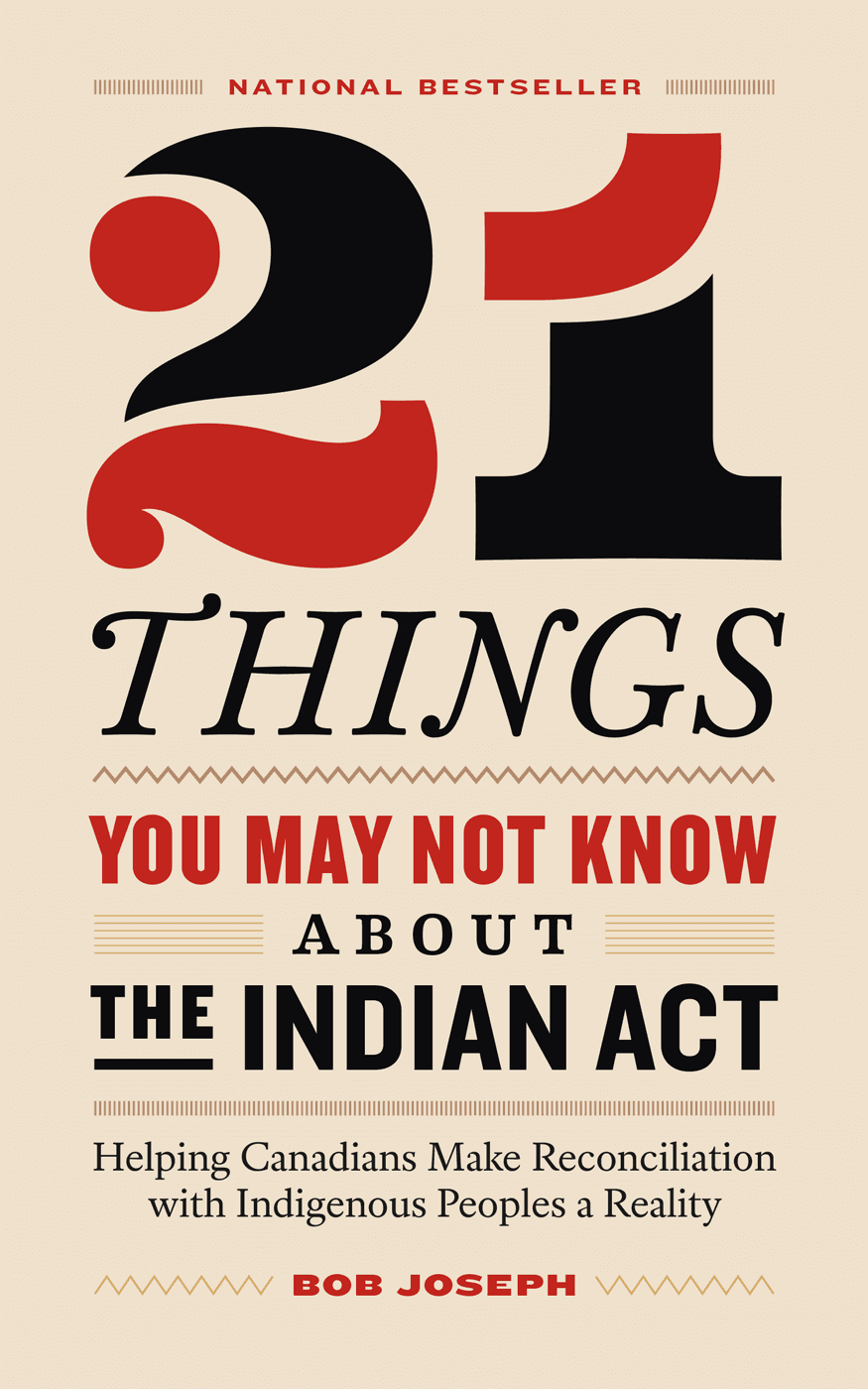
21 Things You May Not Know About the Indian Act by Bob Joseph
An essential guide to understanding the 1876 Indian Act as a legal document and its repercussion on generations of First Nations, written by a leading cultural sensitivity trainer. The book also provides lists such as a chronology of residential school history, the Truth and Reconciliation Commission’s Call to Action, and terminology. Also provided are selected classroom activities and discussion questions and selected quotes from John A. Macdonald and Duncan Campbell Scott.
Braiding Sweetgrass: Indigenous Wisdom, Scientific Knowledge, and the Teachings of Plants by Robin Wall Kimmerer
As a member of the Citizen Potawatomi Nation, botanist Kimmerer draws on her life as an Indigenous scientist, a mother, and a woman, and shows how other living beings such as asters and goldenrod, strawberries and squash, salamanders, algae, and sweetgrass, offer readers gifts and lessons, even if we’ve forgotten how to hear their voices. The awakening of a wider ecological consciousness requires the acknowledgement and celebration of our reciprocal relationship with the rest of the living world.

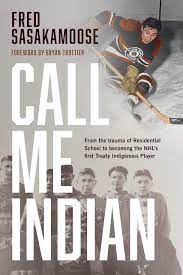
Call Me Indian: From the Trauma of Residential School to Becoming the NHL’s First Treaty Indigenous Player by Fred Sasakamoose
This memoir sheds light on Canadian history and Indigenous politics. Fred Sasakamoose, torn from his home at the age of seven, endured the horrors of residential school for a decade before becoming one of 120 players in the NHL and heralded as its first Indigenous player with Treaty status, making his official debut as a 1954 Chicago Black Hawks play.
*Cottagers and Indians by Drew Hayden Taylor
This play is a conversation between Arthur Copper, grain planter and Indigenous man and Maureen Poole, well-to-do non-Indigenous woman in her mid-fifties, and the audience through the lens of Indigenous and non-Indigenous land and food sovereignty issues set in the context of a lakeside spat between the two protagonists.
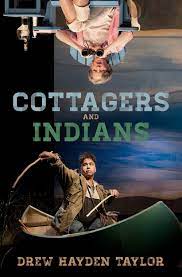
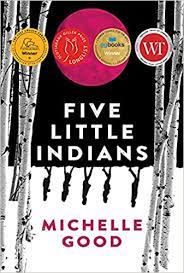
*Five Little Indians by Michelle Good
Five Cree children are taken from their families when they are very small and sent to a remote, church-run residential school. The paths of the five friends cross and crisscross over the decades as they struggle to overcome, or at least forget, the trauma they endured during their years at the Mission.
Healing Haunted Histories: A Settler Discipleship of Decolonization by Ched Myers and Elaine Enns
Part memoir, part social, historical, and theological analysis, and part practical workbook, this book invites settler Christians (and other people of faith) into a discipleship of decolonization. How are our histories, landscapes, and communities haunted by continuing Indigenous dispossession? How do we transform our colonizing self-perceptions, lifeways, and structures? And how might we practice restorative solidarity with Indigenous communities today?
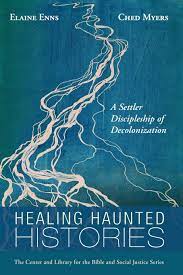
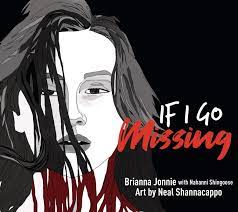
*If I Go Missing by Brianna Jonnie with Nahanni Shingoose
A graphic novel based on a letter written by 14 year old Brianna Jonnie to the Winnipeg Police Service. Citing statistics and information on murdered and missing Indigenous women and girls, this is an open letter to understand how missing Indigenous women and girls are treated differently.
*Indians on Vacation by Thomas King Bird and Mimi
are are inspired by a handful of old postcards sent by Uncle Leroy nearly a hundred years earlier. Bird and Mimi attempt to trace Mimi’s long-lost uncle and the family medicine bundle he took with him to Europe.
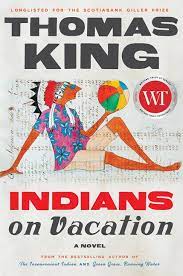
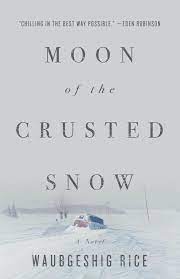
*Moon of the Crusted Snow by Waubgeshig Rice
The end of the world as seen through the eyes of people living on a northern Ontario First Nation. The book offers a unique perspective of the looming apocalypse as the electricity and cell service stops, and food supplies are running low in the local grocery store.
The Other Side of the River: From Church Pew to Sweat Lodge by Alf Dumont
Alf Dumont walks between the two worlds of Indigenous and settler, traditional spirituality and Christianity. He shares stories of building bridges between these worlds and challenges the church to re-examine the theology behind its past decision around residential schools, so that it might live out the words of its apologies.
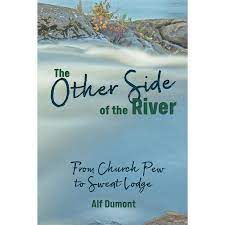
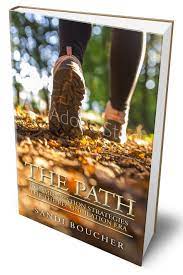
The PATH: Communication Strategies for the Reconciliation Era by Sandi Boucher
Using the metaphor of two concurrent Paths, Sandi Boucher has written a thought-provoking guide on how Reconciliation may be achieved between Indigenous and settler cultures. Both elements have lessons to learn; the book’s two sections show methods of building mutual respect and trust.
Spirit Bear’s Guide to the Truth and Reconciliation Commission of Canada
A downloadable PDF children’s guide to the Truth and Reconciliation Commission of Canada’s Calls to Action. Not just for Children.
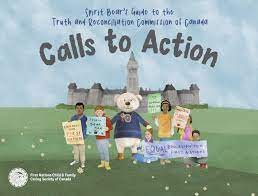
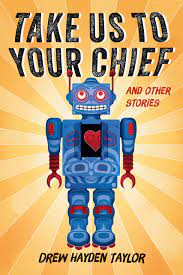
*Take Us To Your Chief and Other Stories by Drew Hayden Taylor
A collection of nine classic science-fiction stories reinvented with a contemporary First Nation outlook, spanning all traditional topics of science fiction–from peaceful aliens to hostile invaders; from space travel to time travel; from government conspiracies to connections across generations.
*This Town Sleeps by Dennis E. Staples
Set on a reservation in far northern Minnesota, a mid-twenties gay Ojibwe man begins a relationship with his former classmate, a heavily closeted White man. An exploration of the realities of the lives of gay men in small towns and closed societies and the ways history, culture, stories, landscape, and lineage shape our lives and our understanding of the world we inhabit.
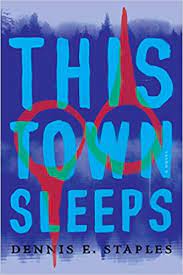
Children’s Books
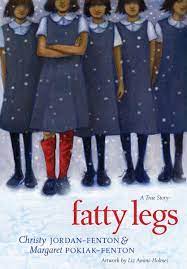
Fatty Legs by Christie Jordan-Fenton and Margaret Pokiak-Fenton, Art work by Liz Amini-Holmes
The true story of Olemaun Margaret Pokiak-Fenton from Banks Island Inuvialuit who is taken to residential school where she is bullied and made to wear red stockings. The book contains a map of Margaret’s community; photographs, a scrapbook of images from Margaret’s childhood, and information about residential schools and the healing process. Grades 4-7.
I Sang You Down from the Stars by Tasha Spillett-Summer, illustrated by Michaela Goade
Drawing from Indigenous creation stories and traditional teachings, I Sang You Down from the Stars honours the bond between mother and child and tells of the gifts the mother gathered for a medicine bundle for her baby. Pre-school-grade 1.
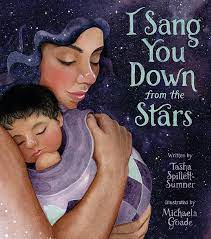
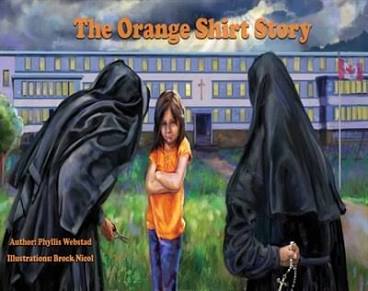
The Orange Shirt Story by Phyllis Webstad
The story of Phyllis Webstad’s new orange shirt taken from her on her first day of residential school begins a discussion about residential schools and their impact on the children and their families and communities. The book contains a helpful map of Secwepemc territory, along with a brief history of the Shuswap people, the St. Joseph’s Mission residential school, and a glossary of terms. Grades 1-8.
Phyllis’s Orange Shirt by Phyllis Webstad
A younger children’s telling of Phyllis Webstad’s true story of living on Dog Creek Reserve. On her first day of residential school Phyllis’s new orange shirt is taken from her. Every year on September 30th her orange shirt became a symbol of residential school survivors and children who didn’t come home and that every child matters. 4-6 year olds.
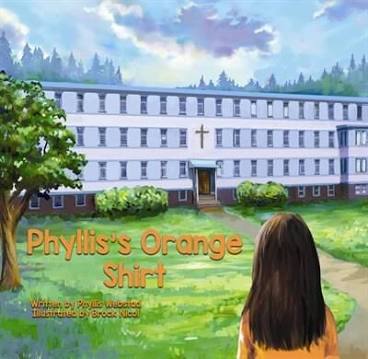
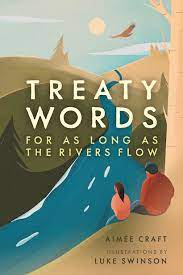
Treaty Words: For As Long as the Rivers Flow by Aimée Craft, illustrated by Luke Swinson
The first treaty was between the earth and the sky. It was an agreement to work together. We build all of our treaties on that original treaty —the bonds of reciprocity and renewal that endure for as long as the sun shines, the grass grows, and the rivers flow. Grades 4-6.
When We Were Alone by David Alexander Robertson, illustrated by Julie Flett
A powerful yet gentle conversation between a Cree grandchild and her kokum (grandmother) provides a safe and reassuring space for children listening to the question and answer format of this approach to explain a difficult and current concern for all Canadians. The child frames the residential school topic through her questions and her wise Kokum explains honestly and truthfully about her personal experiences. Primary and Junior levels.
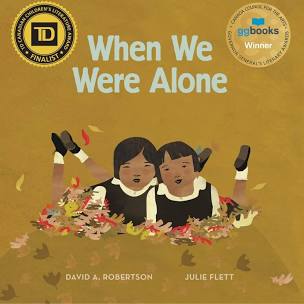
Videos
8th Fire: Aboriginal Peoples, Canada & the Way Forward mini series
Hosted by Wab Kinew, the series weaves history and present time together not to make non-Indigenous people feel guilty but for both sides to learn about each other and take ownership of the future together.
The Bruce: The Fishing Chiefs pt. 1 of 3
Three part documentary of the settlement history of the Saugeen Peninsula, now called the Bruce Peninsula.
Colonization Road references more than 1,600 kilometres of actual roads built by Europeans and Americans towards free plots of land in the mid-1800s. For the settlers, these roads led to a new life in what would become Canada. But for the Indigenous people who lived on the land, the construction of these roads marked the beginning of the dismantling of their land and their culture.
Doctrine of Discovery: Stolen Lands, Strong Hearts
A film by the Anglican Church of Canada about the devastating Doctrine of Discovery decision made over 500 years ago when Pope Alexander VI ruled that the lands being “discovered” by European explorers at the time were “empty” land and its millions of Indigenous inhabitants were “non-human”. To this day the doctrine continues to profoundly impact Indigenous and Settler people worldwide.
Dr. Peter Bryce was Ontario’s first Chief of Public Health. In the early 20th Century, as the medical officer with oversight responsibilities for Canada’s Residential School System, Bryce identified the shortcomings of the system’s response to malnutrition and tuberculosis. His reports on the epidemics and recommendations for their remedy were set aside by senior government officers and he was relieved of his duties. In 1922, Bryce published Story of a National Crime, describing the tragic consequences.
A film adapted from the book by Richard Wagamese, Saul Indian Horse is taken forcibly from the land and his family when he’s sent to residential school. There, salvation comes for a while through his incredible gifts as a hockey player. But in the harsh realities of 1960s Canada, he battles racism, cultural alienation and displacement, and the deep effects of his residential school experience.
The profound impact of the Canadian government’s residential school system is conveyed through the eyes of two children who were forced to face hardships and abuses beyond their years, the effects of which persisted throughout their adult lives. (For rent from NFB $2.95)
Staff Support

KIM UYEDE-KAI
COMMUNITIES OF FAITH AND PASTORAL RELATIONS MINISTER; Intercultural Diversity, Anti-Racism and Right Relations Minister
Direct Phone: 647-956-7345
Email: KUyedeKai@united-church.ca
Serves in: Shining Waters Regional Council
Location: Teleworks from her home in Toronto
Role: Kim encourages and connects communities of faith in their work and supports Indigenous ministries in their relationship with the region and promotes and supports racial justice.
Contact Kim about: Anti-Racism; Conflict Resolution; Covenants; Governance; Intercultural Ministry; Right Relations; Vision and Mission

